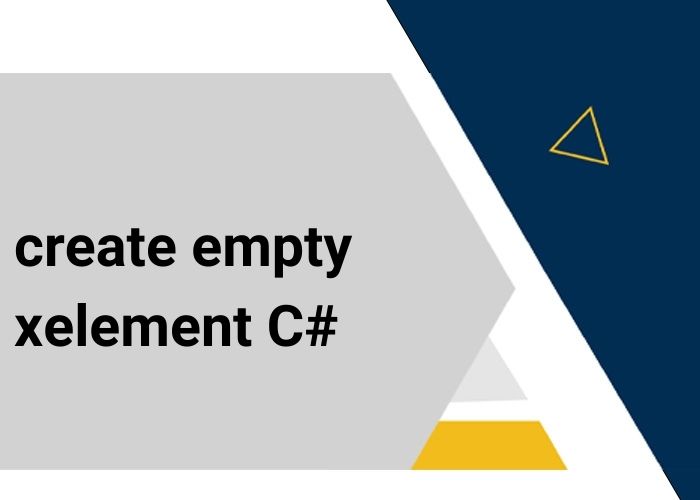Creating an Empty XElement in C#
Creating an empty XElement in C# can be useful in scenarios where you need to dynamically build XML documents from scratch or when starting with a template that is filled out during runtime.
Introduction to XElement
XElement is a part of the System.Xml.Linq namespace, which provides functionality to work with XML data directly in C#. XElement represents a single node or element in an XML document.
Creating an Empty XElement
An empty XElement can be created by simply specifying the name of the element without adding any content or attributes.
Example Code
XElement emptyElement = new XElement("EmptyElement");
Console.WriteLine(emptyElement);
This code snippet creates an XElement with no children or attributes, and the output will be:
<EmptyElement />
Why Create an Empty XElement?
- Template Preparation: Start with a basic structure and dynamically add content based on application logic or user input.
- Conditional Content: Insert elements only when certain conditions are met, keeping the structure ready.
- Modular XML Building: Assemble complex XML documents piece by piece in a clean and controlled manner.
Adding Attributes and Nodes Later
Even if the XElement is initially empty, you can add attributes and child elements later as needed.
Adding Attributes
emptyElement.SetAttributeValue("id", "001");
Console.WriteLine(emptyElement);
This will output:
<EmptyElement id="001" />
Adding Child Elements
emptyElement.Add(new XElement("Child", "This is a child element"));
Console.WriteLine(emptyElement);
This will output:
<EmptyElement id="001">
<Child>This is a child element</Child>
</EmptyElement>
Conclusion
Creating an empty XElement is a flexible way to start building XML structures in C#. It allows for dynamic construction of XML content, adapting as the program's logic dictates. This approach is particularly useful in applications where the XML format is determined at runtime.





